Malaysia
Discover Malaysia
Malaysia is a Southeast Asian country known for its rich cultural diversity, stunning landscapes, and vibrant cities. With a population comprising of Malay, Chinese, Indian, and indigenous groups, Malaysia offers a fascinating mix of traditions, languages, and cuisines.

The country is home to modern metropolises, lush rainforests, and pristine beaches, making it a diverse and enchanting destination for travelers. Malaysia’s unique blend of history, architecture, and natural beauty makes it a captivating place to explore and experience.
Malaysian Flag
The flag of Malaysia, known as the Jalur Gemilang (Stripes of Glory), consists of 14 horizontal stripes alternating in red and white, representing the 13 states and the federal government. At the top left corner of the flag is a blue rectangle with a crescent and a 14-pointed star, both of which symbolize the country’s diversity and unity.
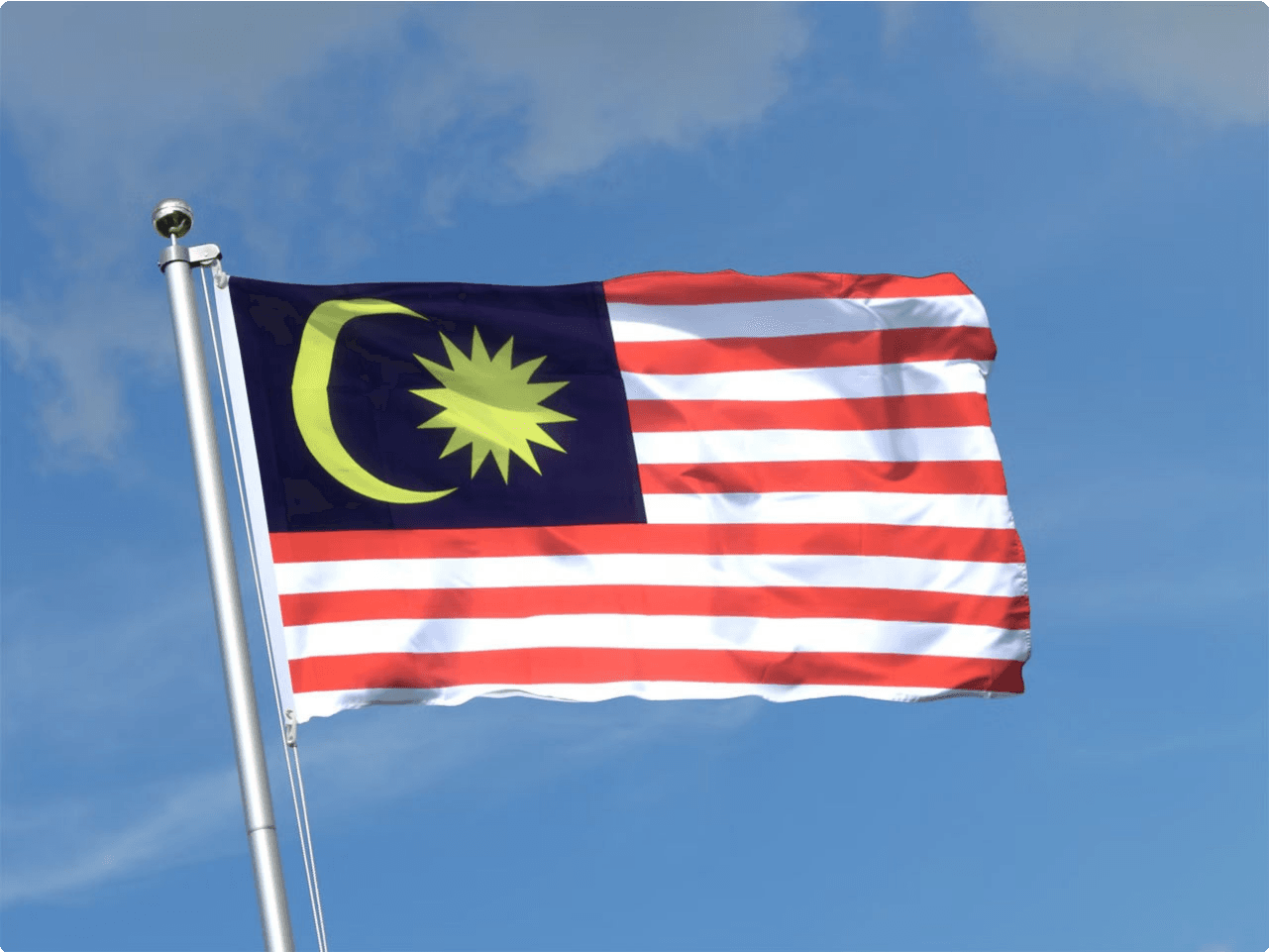
The blue represents peace and harmony, while the yellow of the crescent and star denote the royal color of the Rulers. The 14 points of the star represent the unity between the 13 states and the federal government. The flag is a powerful symbol of Malaysia’s rich cultural heritage and unity.
The flag is often proudly displayed during national and public events, reflecting the nation’s pride and unity among its diverse population. It’s a beautiful and meaningful representation of the country’s identity and history.
Map of Malaysia
Malaysia is located in Southeast Asia and is known for its diverse landscapes, including lush rainforests, stunning beaches, and vibrant cities. The country is divided into two main regions: Peninsular Malaysia and Malaysian Borneo, both offering unique and picturesque settings. The map of Malaysia showcases its geographical diversity, with state-of-the-art infrastructure connecting the different regions and highlighting the country’s modernity and progress.
Visitors to Malaysia can use the map to navigate the country’s rich cultural and natural attractions, from the bustling streets of Kuala Lumpur to the tranquil tea plantations of Cameron Highlands. The map also serves as a guide for exploring the historical sites in Melaka, the beautiful beaches in Langkawi, and the abundant wildlife in Borneo. It is a visual representation of the country’s allure and the myriad experiences it offers to travelers.
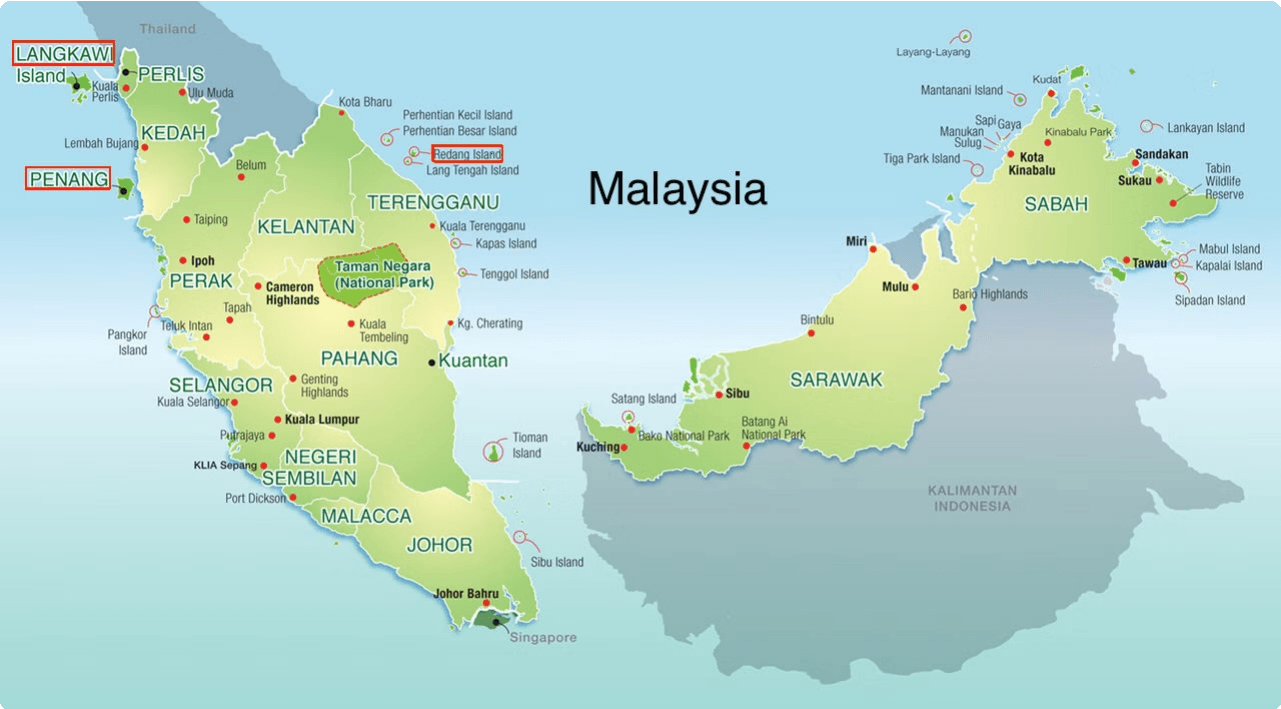
Malaysia’s map is not just a tool for navigation; it is a window into the country’s enchanting landscapes, diverse cultures, and vibrant heritage. Whether it’s the modern metropolis of Kuala Lumpur or the idyllic island of Penang, the map of Malaysia invites visitors to embark on an unforgettable journey through one of the most captivating destinations in the world.
For a visual representation, the map can showcase the intricate network of roads, railways, and waterways that connect the various regions of Malaysia. It can also highlight the country’s stunning natural features, such as the towering peaks of Mount Kinabalu and the pristine waters of the Perhentian Islands.
Currency of Malaysia
Currency Name: The official currency of Malaysia is the Malaysian Ringgit, denoted by the code MYR or RM.
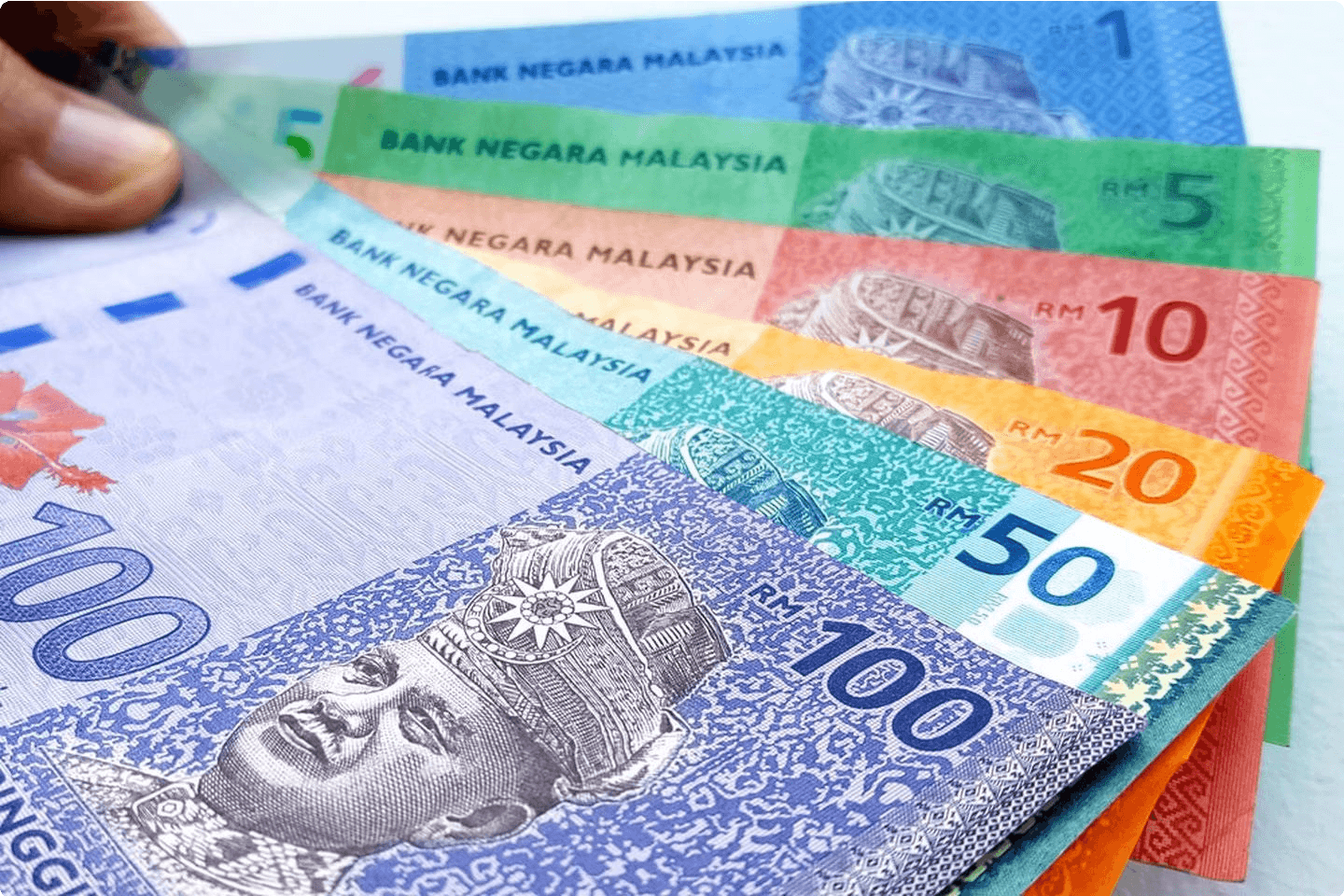
Subdivisions: The Ringgit is further divided into 100 smaller units called sen.
Exchange Rate: As of the latest data, the exchange rate is approximately 1 USD = 4.2 MYR.
Banknotes and Coins: The currency is available in various denominations including RM1, RM5, RM10, RM50 for banknotes, and coins ranging from 5 sen to 50 sen.
Economy of Malaysia
GDP: Malaysia’s economy is the fourth largest in Southeast Asia and is heavily reliant on exports, particularly in areas such as electronics, petroleum, palm oil, and natural gas.
Trade: The country is a major global exporter of electrical and electronic products, and it also has a significant presence in the automotive and aerospace industries.
Tourism: Malaysia’s economy is boosted by a thriving tourism sector, attracting visitors to its beautiful beaches, tropical rainforests, and vibrant culture.
Government Initiatives: The Malaysian government has implemented various economic policies and initiatives to promote sustainable development and attract foreign investments.
Culture of Malaysia
Religious Diversity: Malaysia is known for its diverse religious landscape, with Islam being the official religion of the country. However, Buddhism, Hinduism, and Christianity are also widely practiced, contributing to the rich tapestry of beliefs.
Traditional Clothing: The traditional clothing of Malaysia reflects its cultural diversity, with the Baju Kurung, Baju Kebaya, and the vibrant Sarong being prominent garments.
Arts and Crafts: Malaysian culture is celebrated through intricate crafts such as batik, songket, and wood carving, showcasing the craftsmanship and artistic expression of its people.
Culinary Heritage: The culinary scene in Malaysia is a reflection of its diverse cultural influences, blending Malay, Chinese, Indian, and indigenous flavors to create a unique and tantalizing gastronomic experience.
Traditional Dances in Malaysia
Tarian Pendet: A graceful dance originating from the Bali province of Indonesia, but has been incorporated into Malaysian culture. Dancers carry small plates of flower petals, and the movements represent praying and offering.

Mak Yong: An ancient form of dance-drama, recognized as a Masterpiece of the Oral and Intangible Heritage of Humanity by UNESCO. It combines dance, music, and acting and often portrays stories from Malay epics.

Joget: A lively dance of Portuguese origin, it involves flirtatious and teasing movements between male and female dancers. The fluidity of movements and rhythmic hand gestures make it a captivating performance.
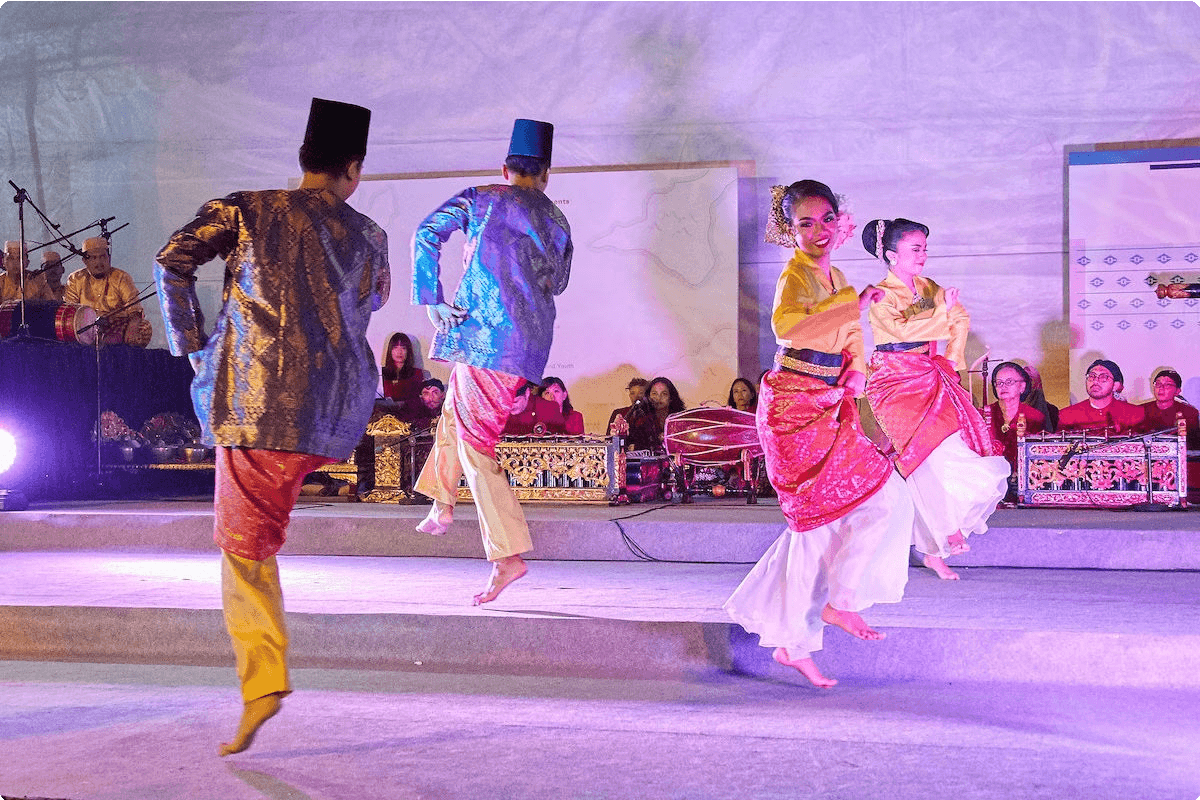
Rejang: A traditional dance practiced by the indigenous communities in Sarawak, performed mainly during welcoming ceremonies and harvest festivals. The intricate steps and gestures showcase the gratitude and unity of the community.
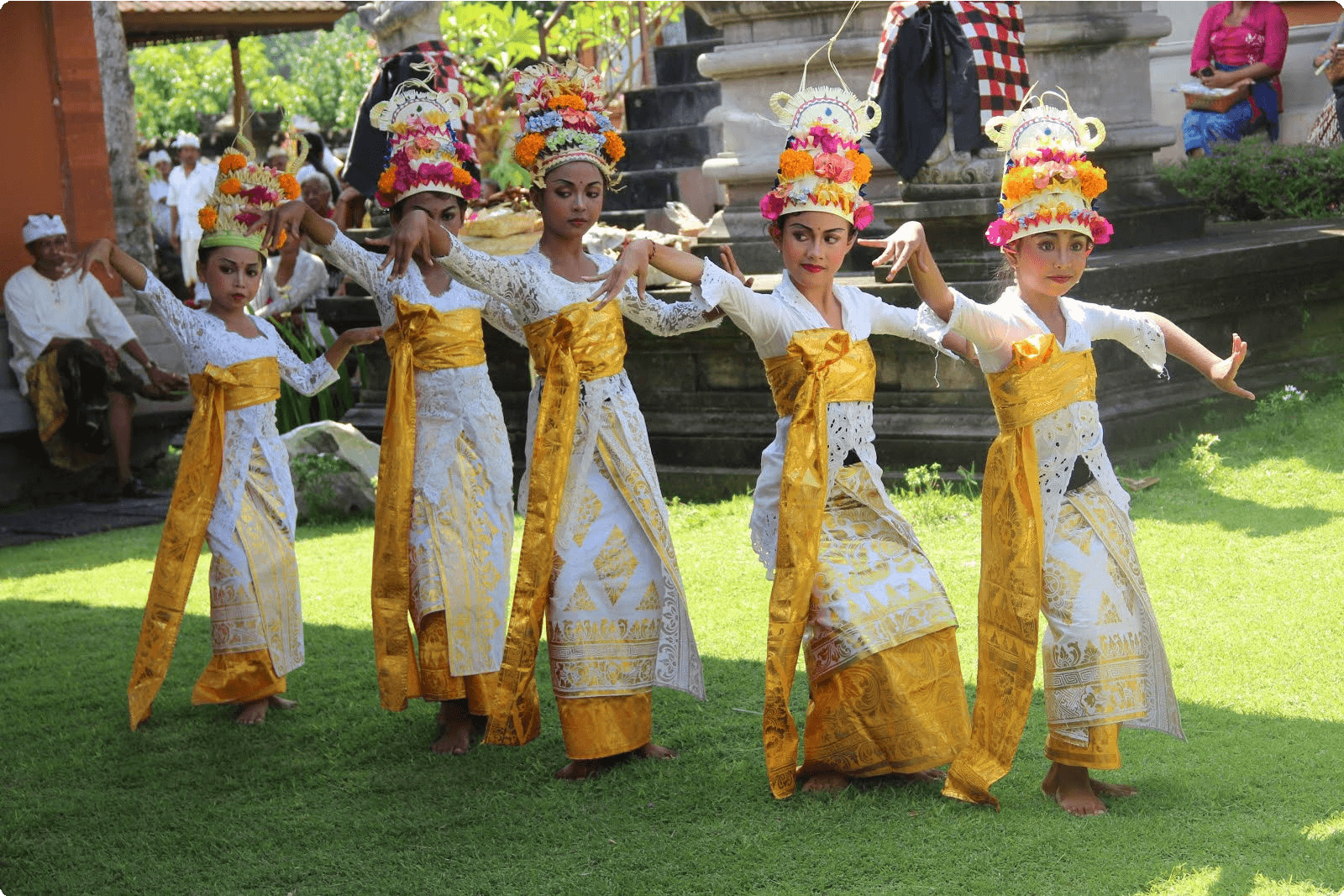
Famous Malaysian dishes
Nasi lemak: Considered the national dish, nasi lemak is a fragrant rice dish cooked in coconut milk, served with anchovies, peanuts, boiled egg, and a spicy sambal.

Char kway teow: A popular stir-fried rice noodle dish with prawns, Chinese lap cheong (sausage), eggs, bean sprouts, and chives, seasoned with soy sauce and chili paste.
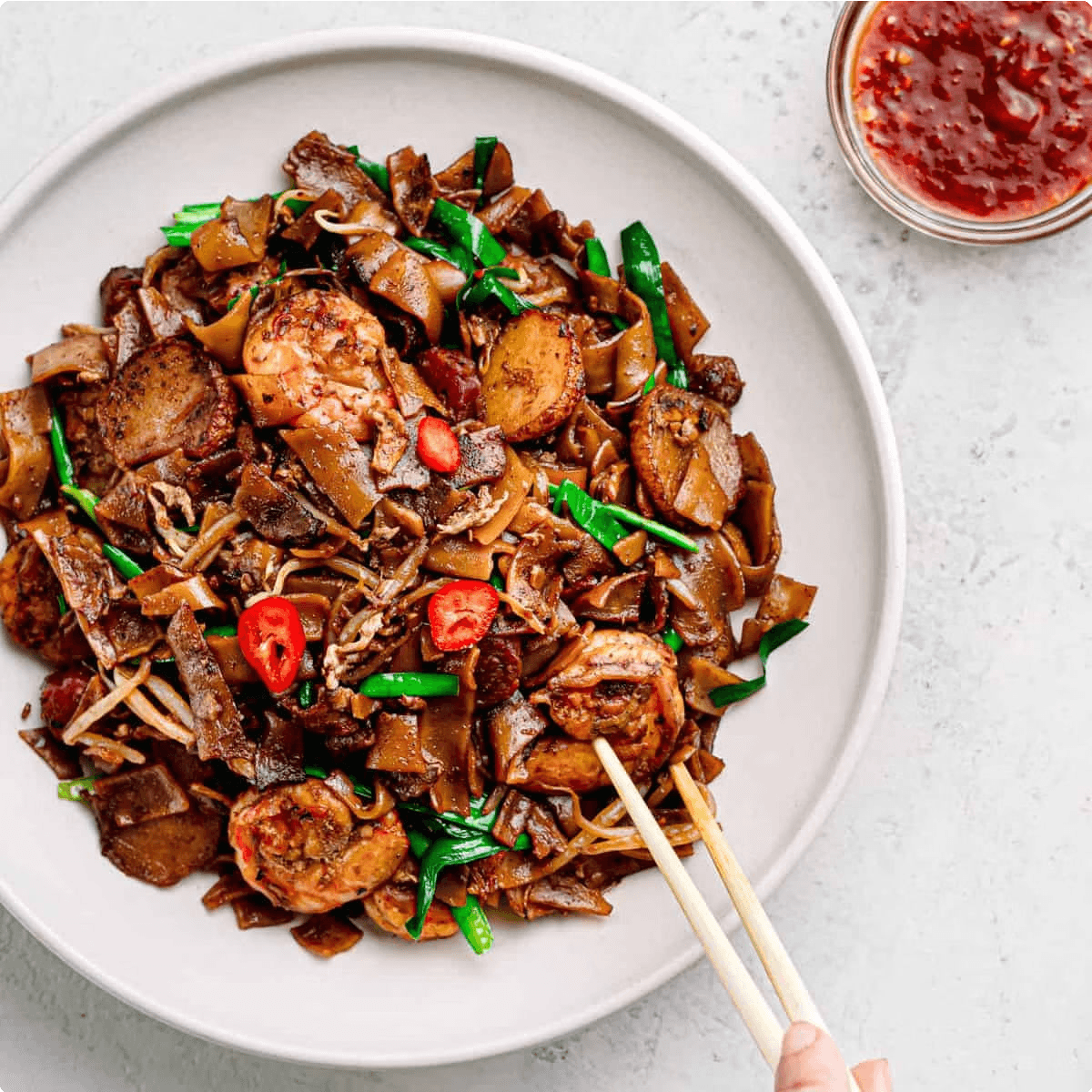
Rendang: A rich and tender coconut beef stew, slowly simmered in a blend of lemongrass, galangal, garlic, turmeric, ginger, and coconut milk, resulting in a savory and aromatic dish.
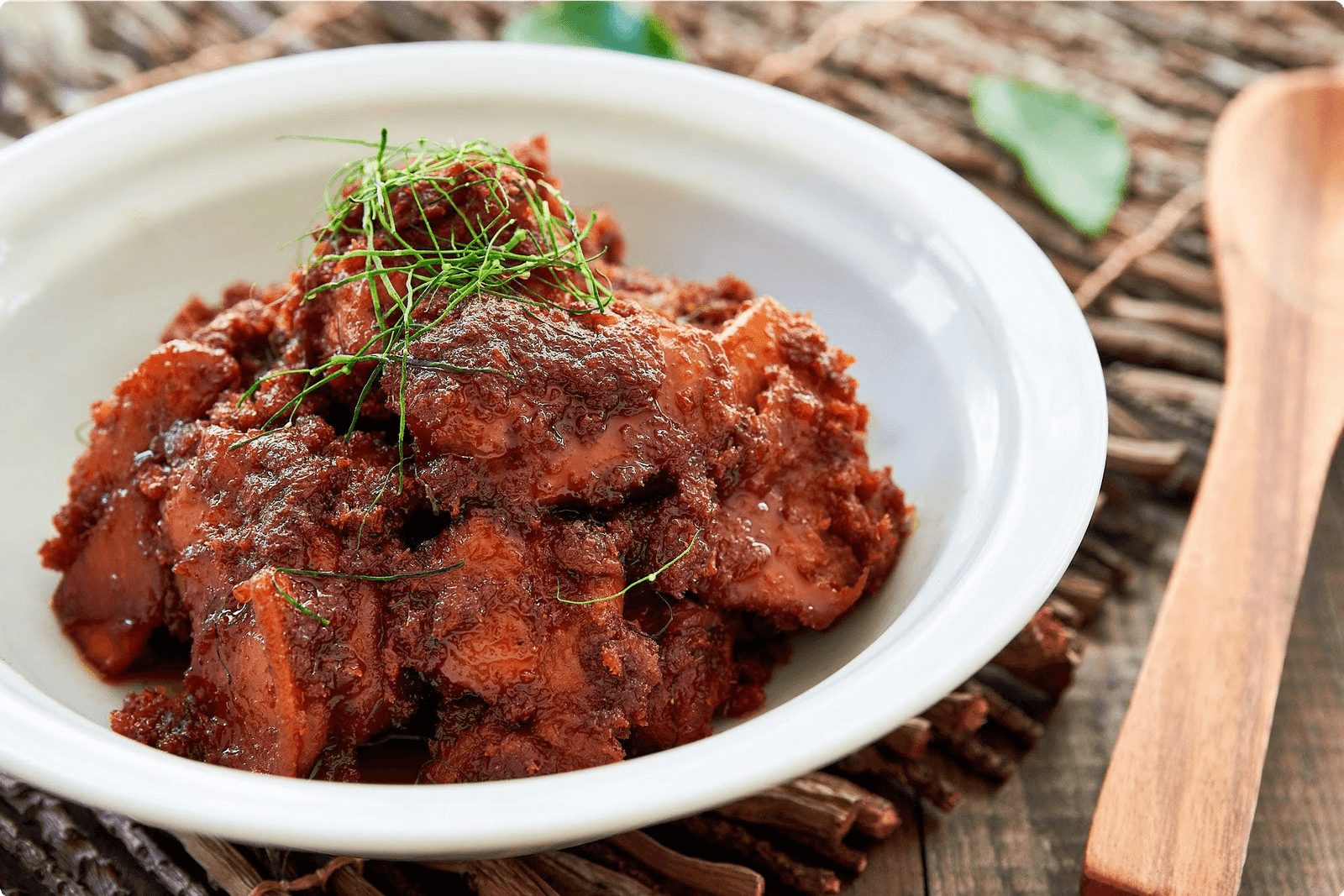
Celebrities from Malaysia
Datuk Lee Chong Wei: A retired professional badminton player who is considered one of the greatest singles badminton players of all time. He has won multiple Olympic medals and World Championship titles.

Michelle Yeoh: An internationally recognized actress known for her roles in movies such as “Crouching Tiger, Hidden Dragon” and “Tomorrow Never Dies.” She has also been a UNDP Goodwill Ambassador.

Nicol David: A former professional squash player who has achieved a remarkable career with multiple World Championship titles and a long-standing reign as the world’s number one squash player.
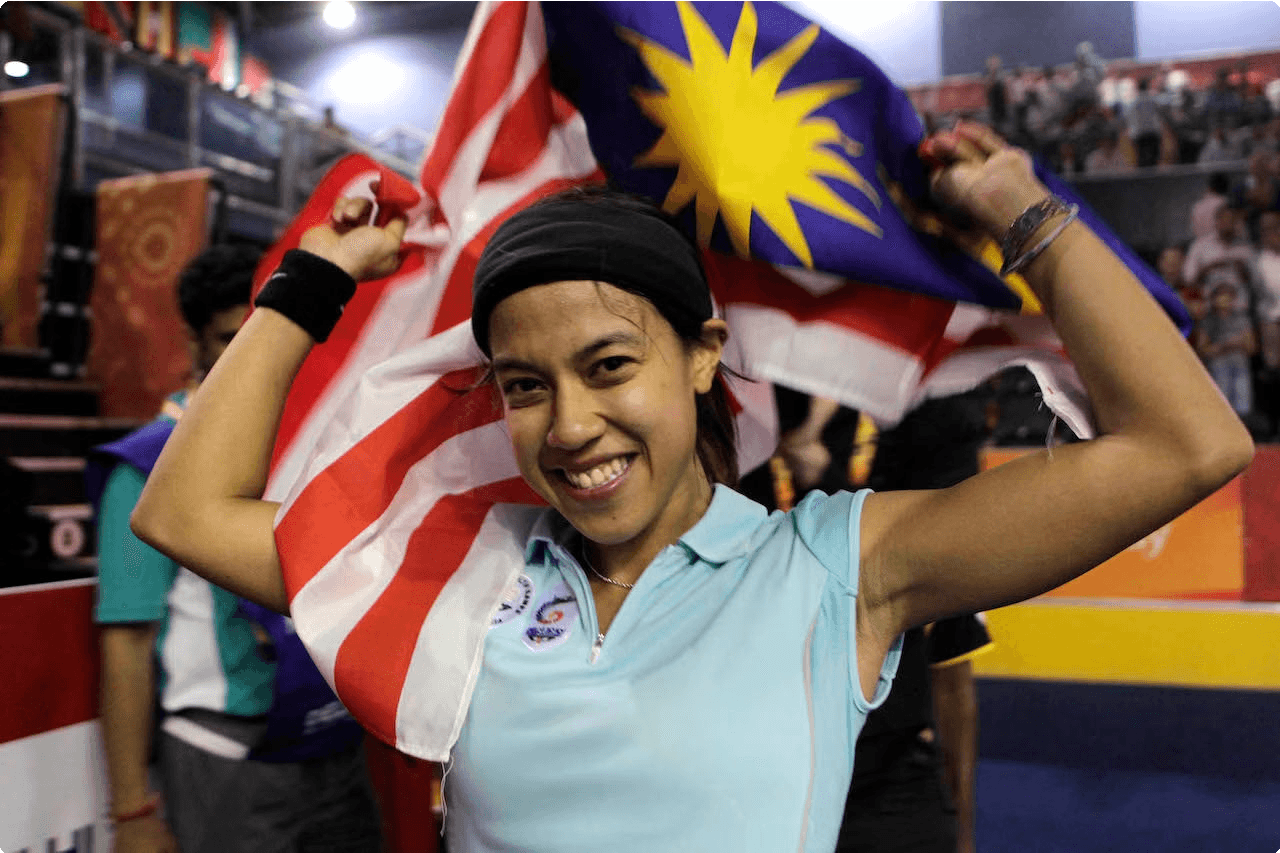
Tony Fernandes: The founder of AirAsia, one of the most successful low-cost airlines in the world. He has made significant contributions to the aviation industry and has been involved in various entrepreneurial ventures.
Best Cities to Visit in Malaysia
Kuala Lumpur: As the capital city, Kuala Lumpur offers a perfect blend of modernity and tradition. With iconic landmarks like the Petronas Twin Towers and vibrant street markets, it’s a must-visit for any traveler.
George Town, Penang: This UNESCO World Heritage Site is known for its historical architecture, diverse street art, and delicious street food. The charming blend of cultures makes it a fascinating destination.
Malacca City: With its rich history and colonial architecture, Malacca City is a treasure trove of cultural experiences. Visitors can explore ancient temples, Portuguese forts, and charming riverside cafes.
Ipoh: Known for its captivating street murals, cave temples, and delightful cuisine, Ipoh is a hidden gem that showcases the authentic charm of Malaysia.
Langkawi: This stunning archipelago boasts pristine beaches, lush jungles, and picturesque waterfalls. It’s a paradise for nature lovers and adventure enthusiasts.
Kuala Lumpur
Kuala Lumpur, often referred to as KL, is the capital city of Malaysia. It is a vibrant metropolis that seamlessly blends modernity with tradition. The city is known for its iconic skyline, dominated by the impressive Petronas Twin Towers, as well as its rich cultural heritage.

Visitors to Kuala Lumpur can immerse themselves in its diverse offerings, from world-class shopping centers and bustling street markets to historic landmarks and tranquil green spaces. The city is also a food lover’s paradise, with a wide array of culinary delights representing Malaysia’s multicultural society.
Additionally, Kuala Lumpur boasts a thriving arts and entertainment scene, with museums, galleries, theaters, and lively nightlife options. Whether exploring the colorful streets of Chinatown, marveling at the grandeur of the Batu Caves, or indulging in a traditional Malay dance performance, there is no shortage of experiences to enchant visitors in Kuala Lumpur.
Kajang
Kajang is a bustling town located in the southeastern part of Selangor, Malaysia. It is known for its vibrant culture, rich history, and delicious food. The town is famous for its “satay,” a popular Malaysian dish of skewered and grilled meat, often served with a delectable peanut sauce.
The town is also home to vibrant markets where visitors can sample a wide array of local fruits, snacks, and traditional crafts. In addition to its culinary delights, Kajang is surrounded by beautiful greenery, offering opportunities for scenic hikes and outdoor adventures.
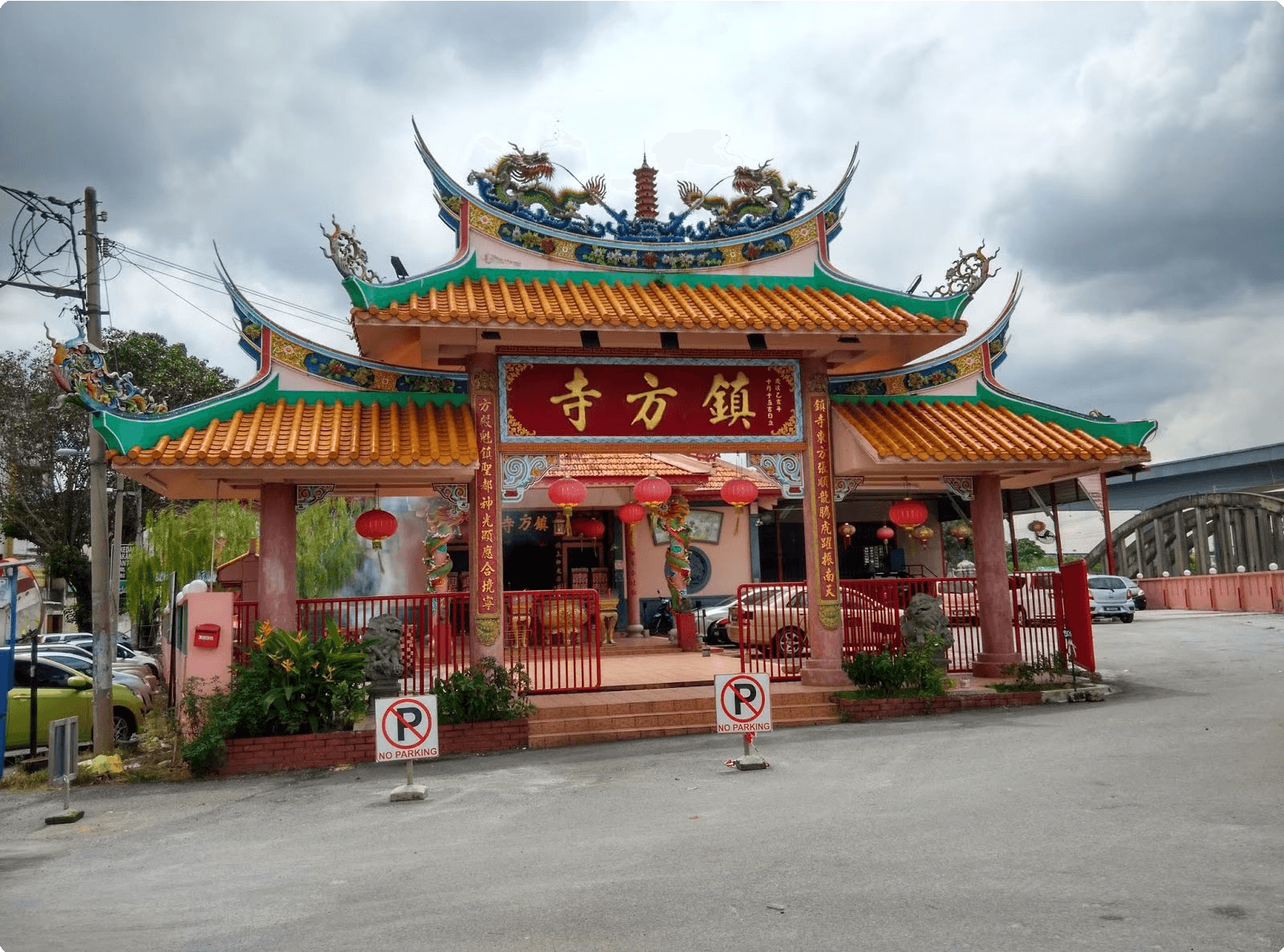
Kajang is a place where tradition meets modernity, with historic sites juxtaposed against modern developments. The town’s warm and welcoming atmosphere makes it a must-visit destination for those seeking an authentic Malaysian experience.
Visitors to Kajang can immerse themselves in the local culture, explore the town’s historical landmarks, and indulge in its diverse culinary offerings. The town’s charm and allure make it a delightful stop for travelers exploring Malaysia.
Seberang Perai
Seberang Perai, also known as Province Wellesley, is a district located in the state of Penang, Malaysia. It is situated on the mainland of Peninsular Malaysia, and it is connected to the island of Penang by the Penang Bridge and the Sultan Abdul Halim Muadzam Shah Bridge.
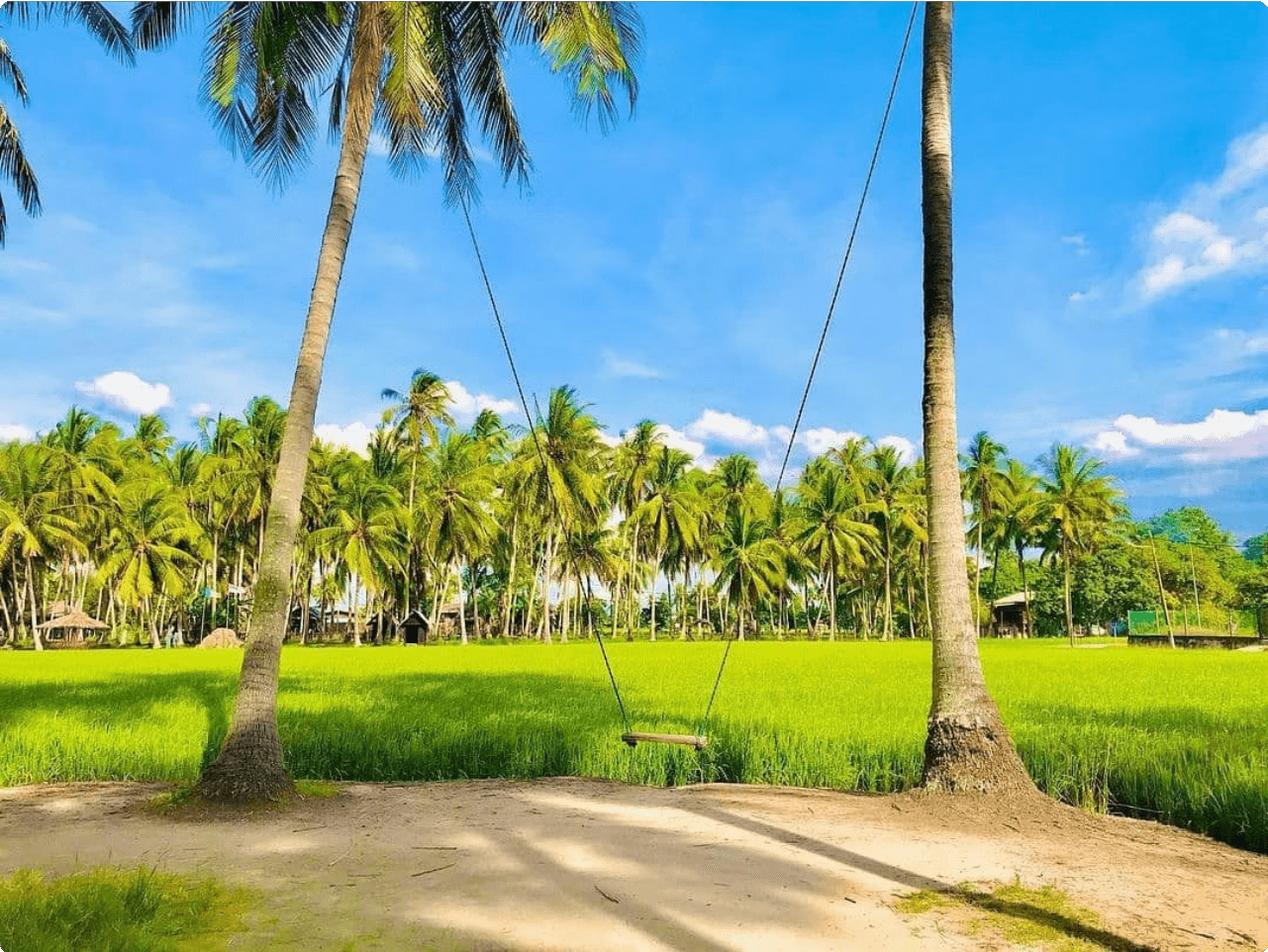
With a rich history and cultural heritage, Seberang Perai offers a blend of traditional and modern elements. Visitors can explore historical sites, vibrant markets, and sample delicious local cuisine. The district is also known for its diverse communities and offers a unique insight into the cultural tapestry of Malaysia.
From bustling urban areas to serene coastal landscapes, Seberang Perai provides a diverse range of experiences for travelers. Whether it’s exploring the streets filled with charming colonial architecture or indulging in authentic Malay dishes, this district has something to offer for every type of traveler.
Petaling Jaya
Petaling Jaya is a bustling satellite city in the state of Selangor, Malaysia. It is known for its vibrant urban environment, with a plethora of shopping malls, delicious street food, and exciting entertainment options. The city has a rich history and is home to diverse communities, making it a melting pot of cultures and traditions.
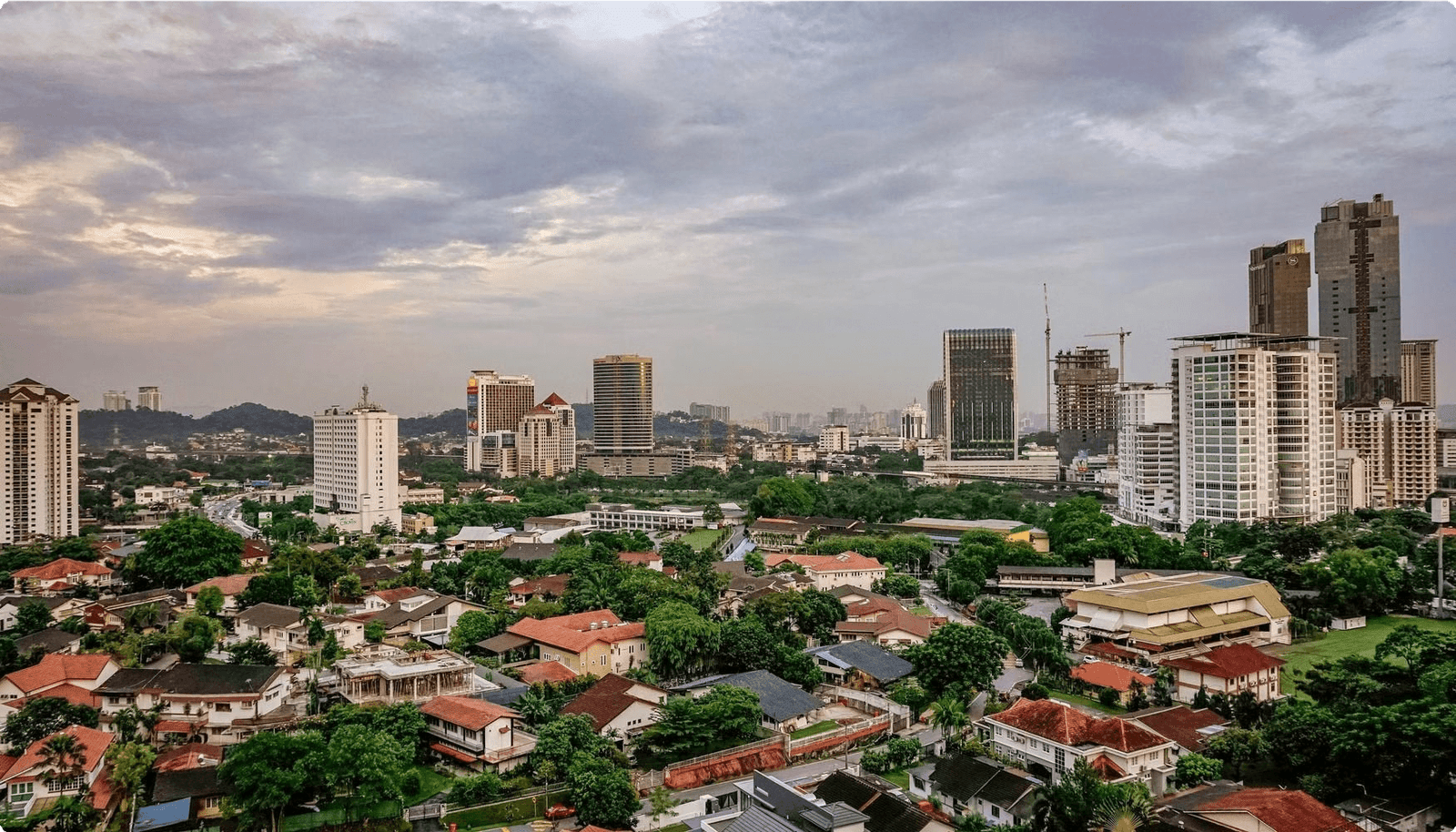
Visitors to Petaling Jaya can explore the lively night markets, relax in beautiful parks, and indulge in the local culinary delights. The city is also a hub for business and commerce, offering a dynamic blend of modernity and tradition. Petaling Jaya’s strategic location and excellent connectivity make it a popular destination for both tourists and business travelers.
With its lively atmosphere and diverse attractions, Petaling Jaya is a must-visit destination for those looking to experience the dynamic urban lifestyle of Malaysia.
Klang
Klang is a royal town and a former capital of the state of Selangor, Malaysia. It is known for its rich cultural heritage and historical significance, making it a fascinating destination for travelers. The town boasts a mix of modern development and historical charm, offering visitors a glimpse into Malaysia’s past and present.
One of the main attractions in Klang is the Royal Gallery, which showcases the history and traditions of the Selangor royal family. Visitors can explore the grand architecture and artifacts that represent the royal legacy of the region. Additionally, the bustling street markets and vibrant local cuisine make Klang a haven for food enthusiasts. The town is famous for its delicious seafood and traditional Malaysian dishes, providing a memorable culinary experience for visitors.
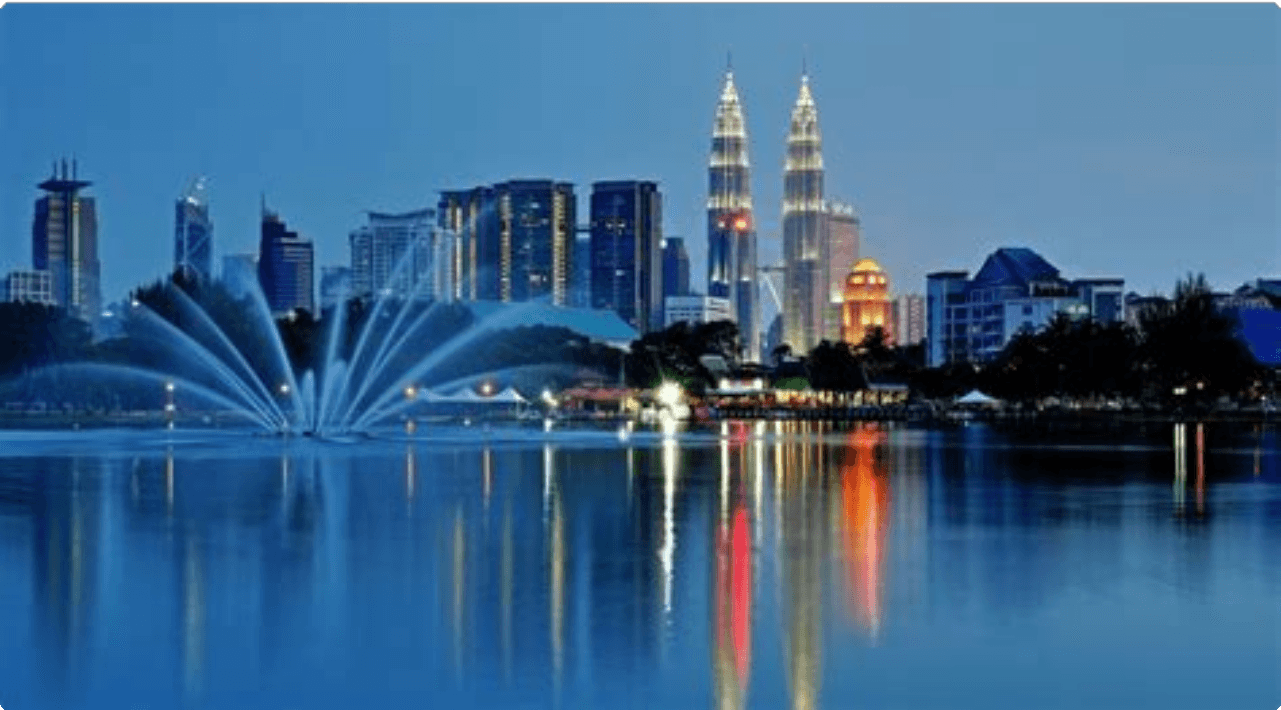
For nature lovers, the beautiful coastline and serene river views add to the town’s allure. Klang is also home to several temples and religious sites, reflecting the diverse cultural tapestry of Malaysia. Whether it’s exploring historical landmarks, savoring local delicacies, or immersing in the town’s cultural diversity, Klang offers a multifaceted travel experience that captivates every visitor.
From historical landmarks to culinary delights, Klang presents a harmonious blend of tradition and modernity, inviting travelers to explore its vibrant tapestry of attractions and experiences.
Top tourist attractions in Kuala Lumpur
Kuala Lumpur, the vibrant capital city of Malaysia, is home to a myriad of captivating tourist attractions. The iconic Petronas Twin Towers, standing tall at 452 meters, offer breathtaking panoramic views of the city from its sky bridge. Visitors can experience the rich cultural heritage at the Batu Caves, a limestone hill featuring a series of caves and Hindu temples. For nature enthusiasts, the Kuala Lumpur Bird Park provides an immersive experience with over 200 species of birds in a lush, tropical setting.
Exploring the historical enclave of Merdeka Square will transport visitors back in time with its colonial architectural wonders and the Sultan Abdul Samad Building. The bustling Central Market offers an authentic taste of local arts, crafts, and Malaysian cuisine, making it a must-visit for immersive cultural experiences. Additionally, the vibrant nightlife and culinary delights of Bukit Bintang district attract tourists seeking entertainment and delectable street food.
Beautiful Beaches in Langkawi
Langkawi, an archipelago made up of 99 islands on Malaysia’s west coast, is famed for its beautiful beaches. The island’s sandy shores are fringed by crystal clear waters and backed by lush rainforests, creating a paradise for beach lovers. Pantai Cenang, the most popular beach, offers a vibrant atmosphere with beach bars, restaurants, and water sports activities. For a more peaceful escape, visitors can head to Tanjung Rhu Beach, known for its stunning sunsets and serene ambiance.
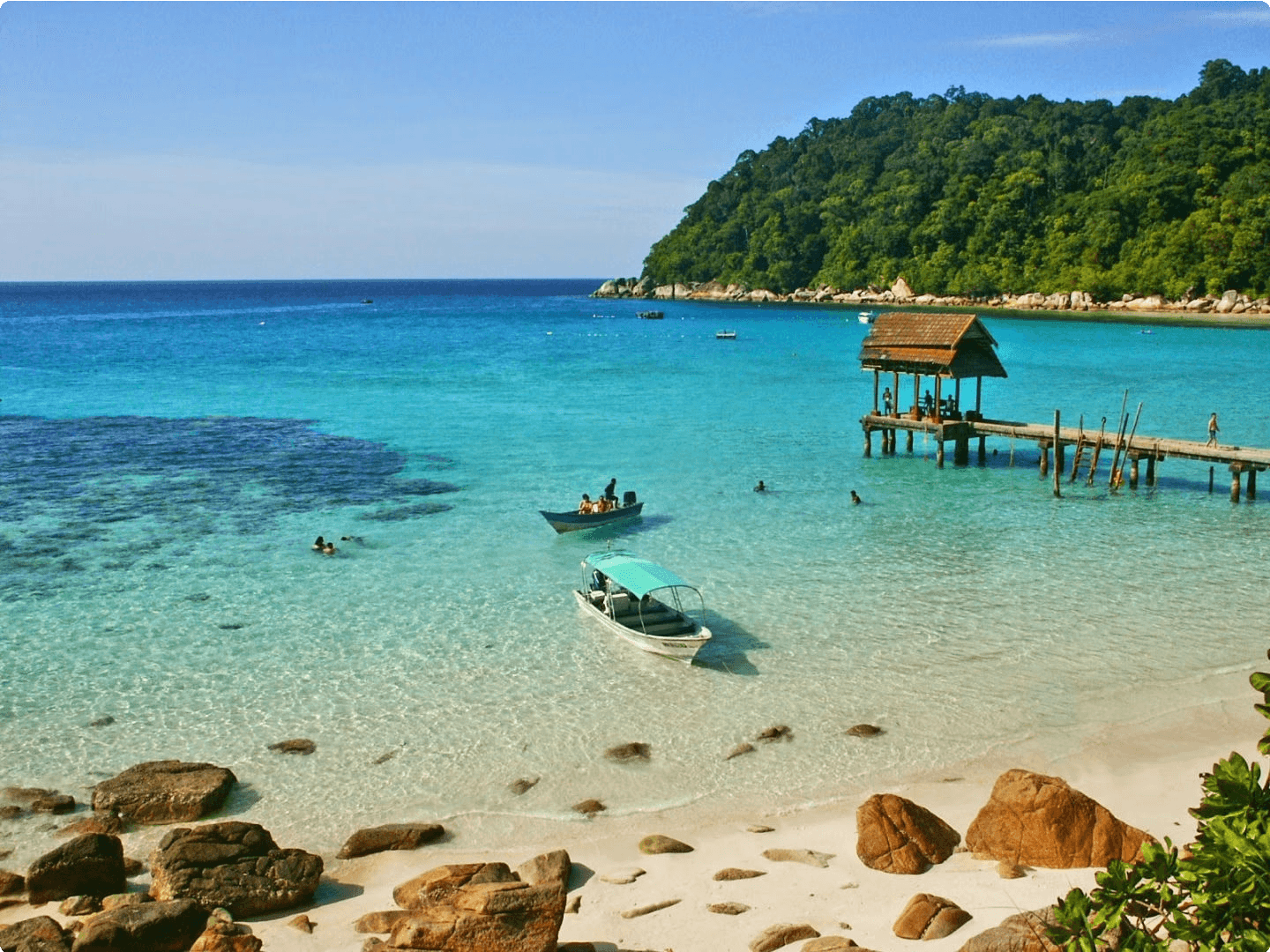
The beaches of Langkawi aren’t just about sunbathing and swimming; they also offer opportunities for island hopping, snorkeling, and diving. Visitors can explore the surrounding islands and discover secluded coves and hidden lagoons. The vibrant marine life and colorful coral reefs make Langkawi a haven for underwater enthusiasts.
With its picture-perfect beaches and diverse marine ecosystem, Langkawi has become a top destination for beach-goers and nature lovers alike. The breathtaking scenery, coupled with a range of amenities and activities, makes Langkawi an idyllic beach holiday destination.
For those seeking a tranquil retreat surrounded by natural beauty, Langkawi’s beaches are the perfect escape, offering an unforgettable experience of sun, sea, and sand.
Historical Sites in Melaka
Melaka, also known as Malacca, is a historically rich city on the southwest coast of Malaysia. It was designated a UNESCO World Heritage Site due to its heritage buildings, ancient landmarks, and cultural significance. The city’s history dates back to the 15th century when it was a thriving port and trading center, making it a melting pot of diverse cultures and traditions.
One of the most iconic historical sites in Melaka is the A Famosa fortress, built by the Portuguese in the early 16th century. The St. Paul’s Hill area is home to the ruins of St. Paul’s Church, a prominent testament to the city’s colonial past. Visitors can also explore the Dutch Square, featuring distinctive red colonial buildings and the iconic Christ Church.
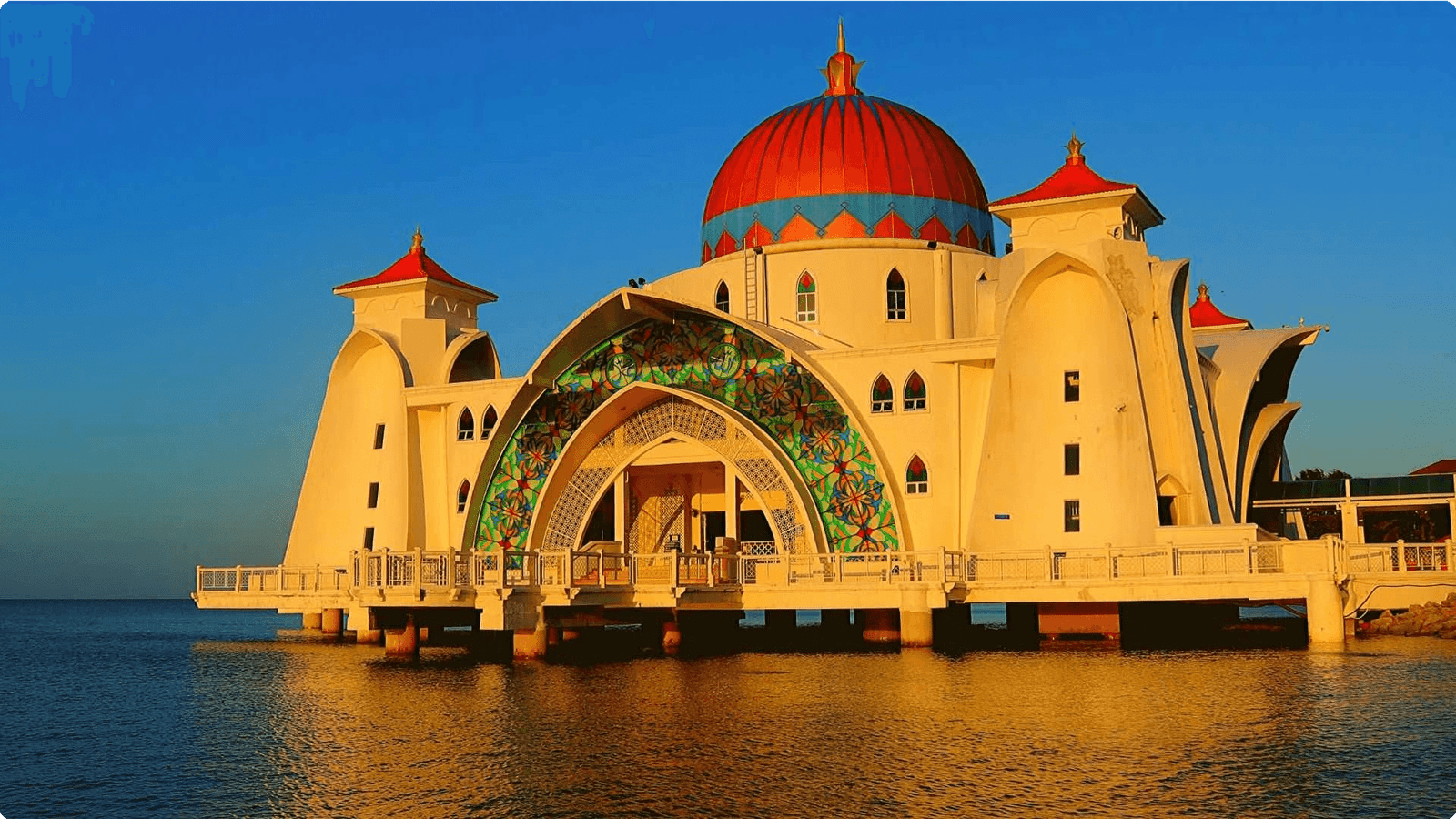
The Cheng Hoon Teng Temple, built in the 17th century, stands as the oldest functioning Chinese temple in Malaysia and is a significant part of Melaka’s heritage. Additionally, the Baba Nyonya Heritage Museum provides insights into the Peranakan culture, showcasing the historical lifestyle of the Straits- born Chinese community.
Exploring the historical sites in Melaka offers a captivating journey through time, allowing visitors to immerse themselves in the rich and diverse heritage that has shaped the city into the vibrant cultural hub it is today.
Nature and Wildlife in Borneo
Borneo, the third-largest island in the world, is renowned for its rich biodiversity and stunning natural landscapes. The island is home to dense rainforests, vibrant coral reefs, and an array of unique wildlife species, making it a paradise for nature enthusiasts and adventure seekers.
The rainforests of Borneo are some of the oldest in the world, with an incredibly diverse ecosystem that includes rare and endangered species such as the Bornean orangutan, pygmy elephants, and proboscis monkeys. Visitors have the opportunity to explore these lush jungles, embark on guided wildlife safaris, and witness the fascinating behavior of the island’s endemic creatures.
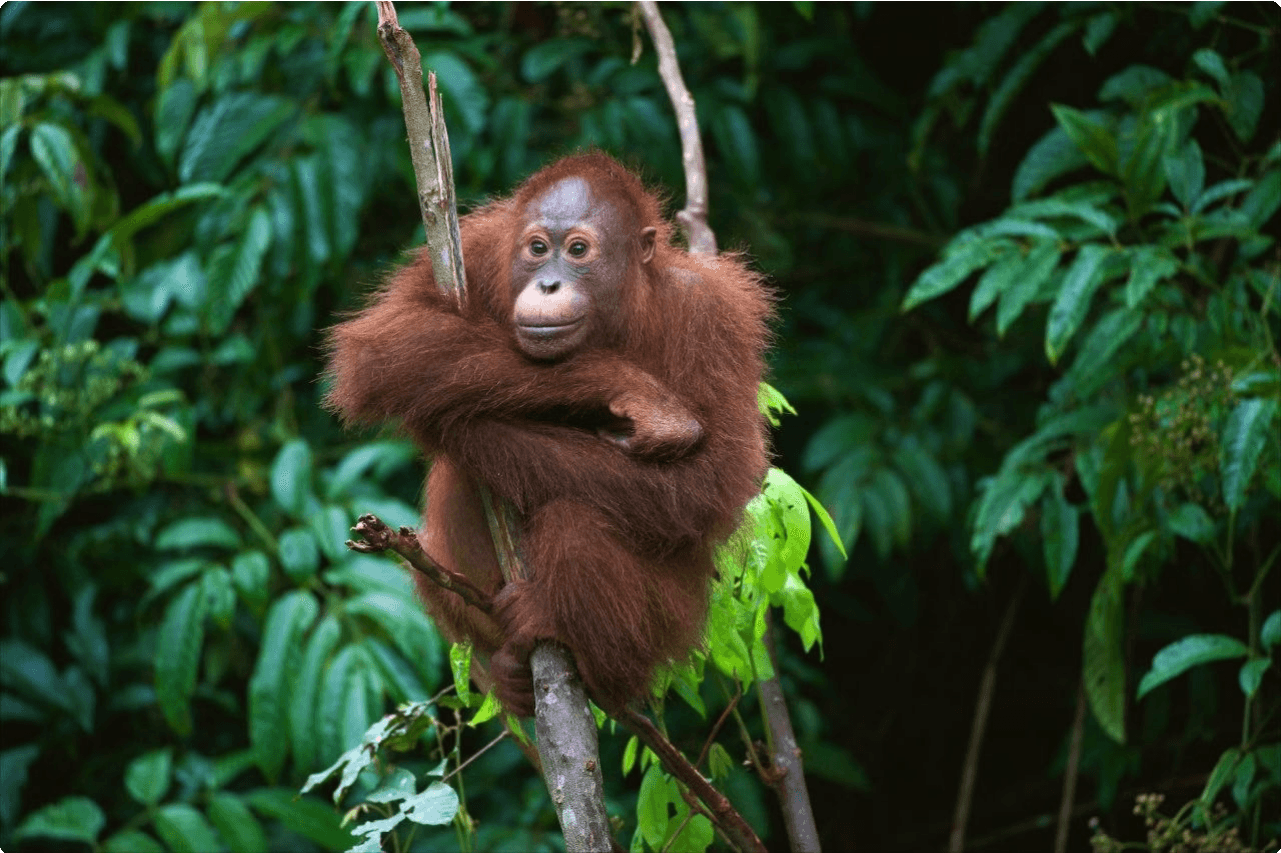
The coastal areas of Borneo boast mesmerizing marine life, offering opportunities for diving, snorkeling, and observing sea turtles, manta rays, and colorful reef fish. The crystal-clear waters and picturesque islands create an ideal environment for marine exploration and relaxation.
For those seeking an immersive nature experience, Borneo provides the perfect setting for eco-friendly tourism, sustainable wildlife observation, and engaging with indigenous communities to learn about their traditional relationship with the environment.
Cultural heritage in Penang
Penang, an island state located on the northwest coast of Peninsular Malaysia, is celebrated for its rich cultural heritage. The capital, George Town, is a UNESCO World Heritage Site, featuring a fusion of diverse cultures, including Chinese, Malay, Indian, and European influences.
The historical streets and buildings in George Town showcase a unique blend of architectural styles, from colonial British mansions to intricately decorated Chinese clan houses. Visitors can explore the vibrant Little India enclave, adorned with colorful buildings and adorned with intricate murals depicting the local way of life.
Penang is also renowned for its traditional Peranakan culture, characterized by a harmonious fusion of Chinese and Malay customs. The Peranakan heritage is evident in the ornate architecture, elaborate cuisine, and vibrant festivities that continue to flourish in Penang.
In addition to its architectural splendors, Penang hosts numerous cultural events throughout the year, including the George Town Festival and various religious celebrations that offer insights into the island’s multicultural fabric and traditions.
Adventure activities in Cameron Highlands
The Cameron Highlands in Malaysia offer a plethora of thrilling adventure activities for nature enthusiasts and adrenaline junkies. The cool climate and lush landscapes provide the perfect setting for trekking through dense forests, with opportunities to spot unique flora and fauna along the way. One of the most popular activities is exploring the extensive network of hiking trails, offering breathtaking views of the surrounding hills and valleys.
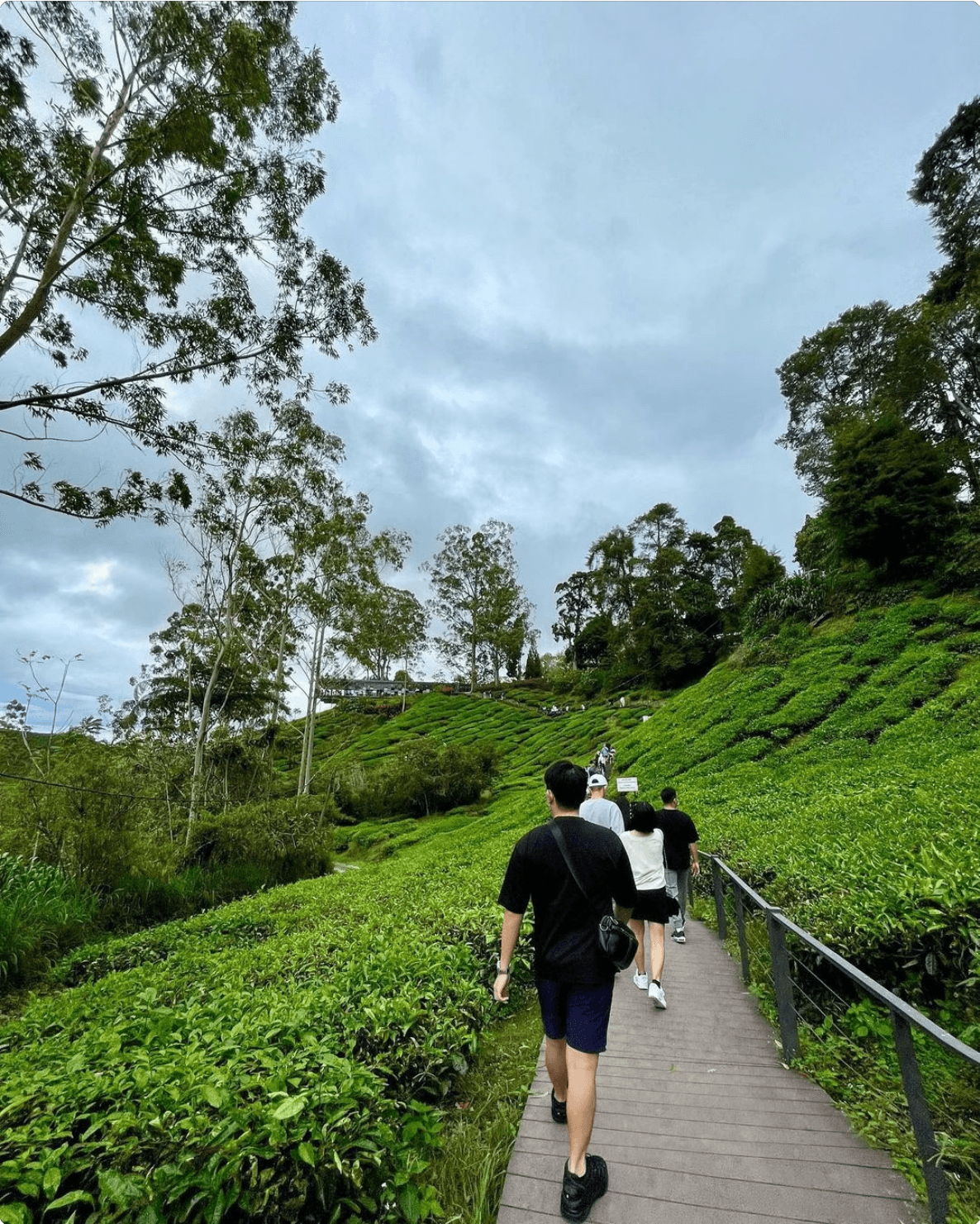
Additionally, visitors can indulge in activities such as mountain biking, where they can traverse the undulating terrain and explore the area’s natural beauty at their own pace. The region also presents the chance for rock climbing and abseiling, catering to both novice and experienced climbers. Moreover, the tranquil surroundings of Cameron Highlands make it an ideal spot for bird watching and photography, with an abundance of bird species and picturesque landscapes to capture.
For a unique experience, visitors can engage in the authentic “Mossy Forest” tour, an enchanting trek through the misty and moss-covered forests, offering an otherworldly atmosphere. This adventure haven is a must-visit for those seeking an escape into nature and an adrenaline-fueled retreat in Malaysia.
Shopping destinations in Kuala Lumpur
Kuala Lumpur is a shopper’s paradise, offering a diverse range of shopping experiences to suit every taste and budget. From gleaming malls to bustling markets, the city has it all. Bukit Bintang is the heart of the shopping district, featuring upscale malls like Pavilion Kuala Lumpur and Starhill Gallery. These luxurious destinations offer designer shops, high-end boutiques, and world-class dining experiences.
For a more cultural shopping experience, Central Market is a must-visit. Here, visitors can explore traditional Malaysian crafts, batik, textiles, and local art. The vibrant atmosphere and unique offerings make it a favorite among tourists looking for authentic Malaysian goods.
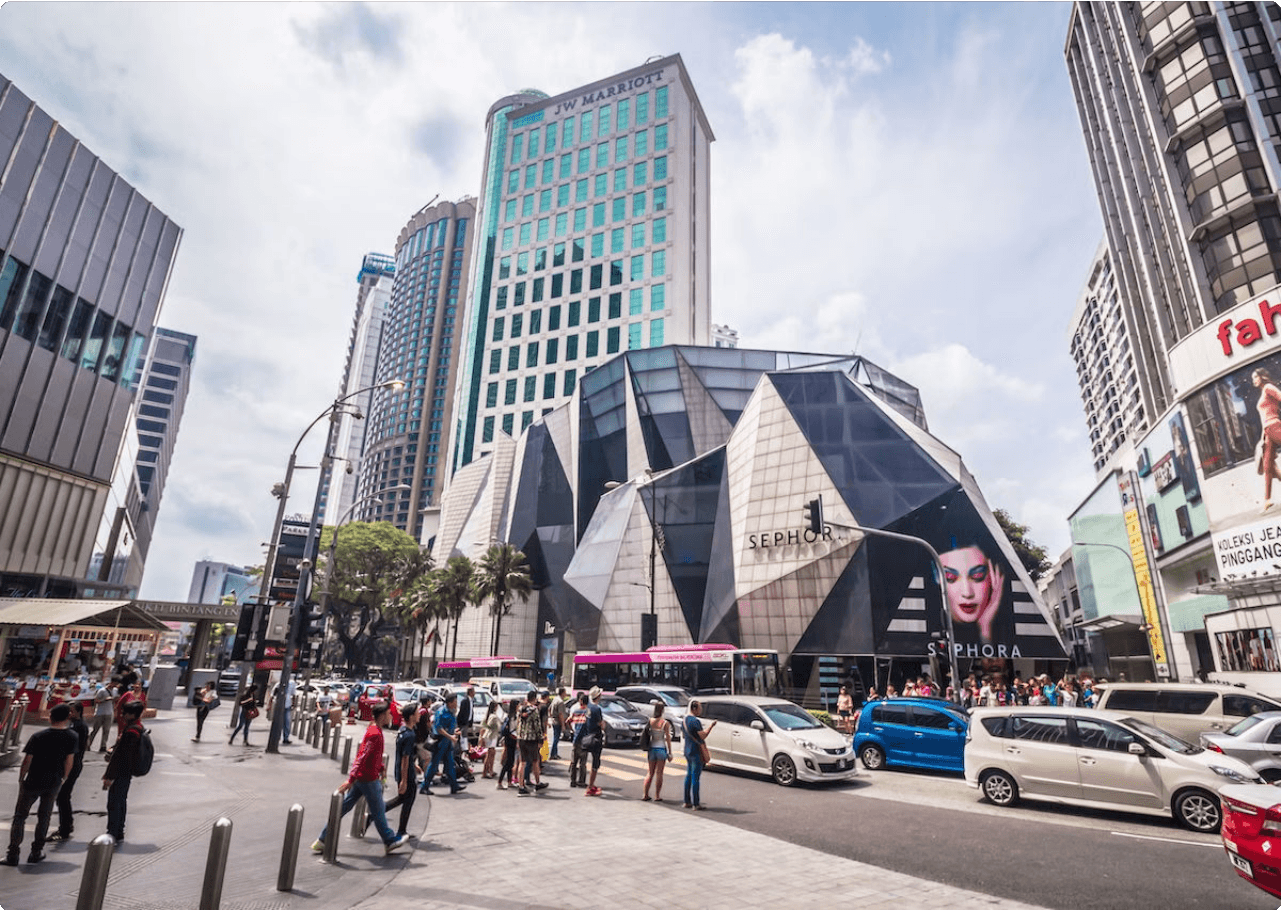
At the other end of the spectrum, Petaling Street in Chinatown is a bustling market known for its vibrant street stalls offering everything from clothing and accessories to tasty street food. Visitors can try their hand at bargaining for souvenirs and enjoy the lively atmosphere.
Additionally, for those interested in modern shopping experiences, Suria KLCC, situated at the base of the iconic Petronas Twin Towers, provides a luxurious retail environment with a wide range of international and local brands, making it a popular choice for both locals and tourists.
Nightlife in Malaysia
Malaysia offers a vibrant and diverse nightlife scene, catering to all kinds of preferences and interests. The bustling capital, Kuala Lumpur, is home to numerous trendy rooftop bars, stylish lounges, and pulsating nightclubs, where locals and tourists alike come together to enjoy the buzzing atmosphere and stunning skyline views.

For those seeking a more laid-back experience, the beachfront bars in Langkawi and Penang are perfect for sipping cocktails while enjoying the ocean breeze and live music. Additionally, Melaka’s quaint riverside pubs and cafes provide a charming setting for a relaxed evening out.
Visitors can also immerse themselves in the lively street food culture, with bustling night markets and hawker centers serving up a wide array of local delicacies accompanied by live performances and entertainment.
Whether it’s catching a live music gig, experiencing the electrifying energy of a dance club, or simply unwinding with a drink in hand, Malaysia’s nightlife is a dynamic fusion of modern entertainment and traditional charm.
Festivals and events in Malaysia
Chinese New Year (Spring Festival): Celebrated by the Chinese community in Malaysia, this festival includes extravagant dragon dances, fireworks, and delicious traditional foods. It’s a time for family reunions and symbolizes the start of a new year.
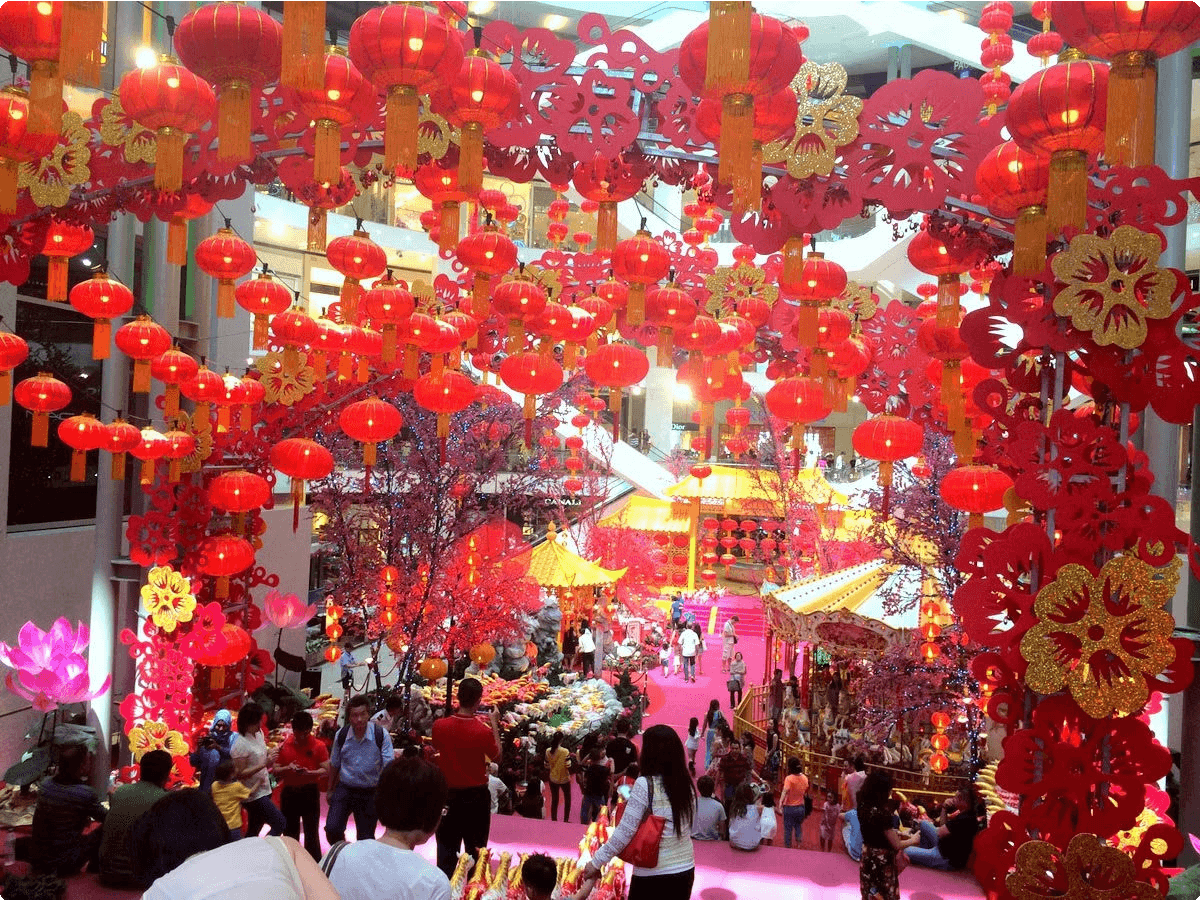
Hari Raya Aidilfitri (Eid al-Fitr): This festival marks the end of the fasting month of Ramadan and is celebrated with prayers, visiting relatives, and feasting on traditional Malay dishes like rendang and ketupat.
Thaipusam: A significant Hindu festival celebrated by the Tamil community, featuring devotees piercing their bodies with hooks and skewers as a form of devotion to Lord Murugan. The procession to Batu Caves is a spectacular sight.

George Town Festival: An annual event celebrating arts, culture, and heritage, showcasing performances, exhibitions, and workshops. It’s a vibrant celebration of Penang’s rich cultural diversity.
Rainforest World Music Festival: Held in Sarawak, this international music festival features indigenous music performances, workshops, and crafts, emphasizing the preservation of traditional music and instruments.
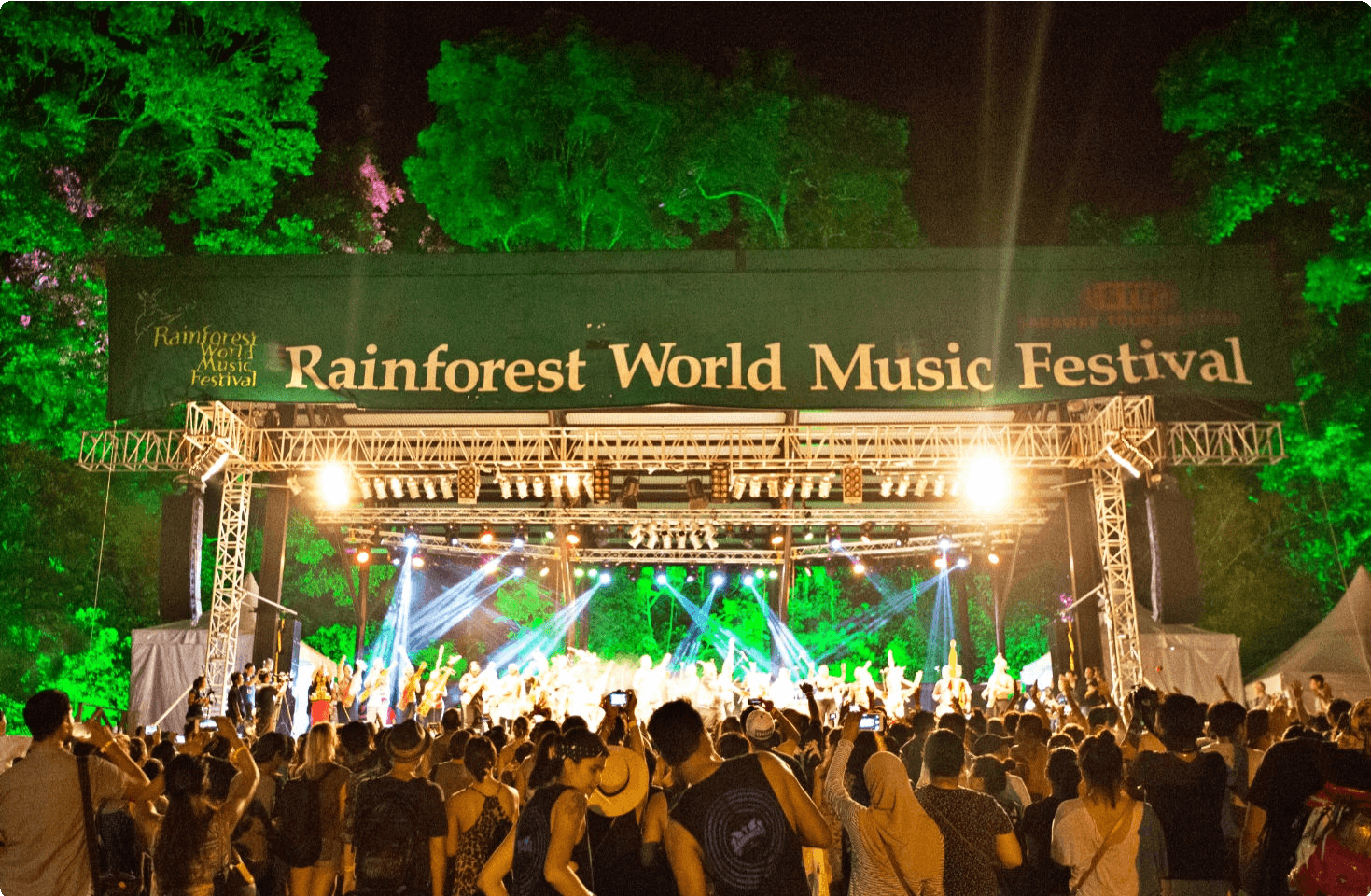
Traditional Arts and Crafts in Malaysia
Malaysia is renowned for its traditional arts and crafts, which are deeply intertwined with the country’s diverse cultural heritage. One of the most prominent art forms is batik, a wax-resist dyeing technique used to create intricate patterns on fabric. Malaysian batik often features floral and geometric motifs and is widely used in clothing, accessories, and home decor.
Wood carving is another prominent craft in Malaysia, with artisans creating exquisite sculptures, traditional masks, and ornate furniture. The intricate carvings often depict scenes from local folklore, nature, or mythology, showcasing the skill and creativity of Malaysian craftsmen.
Other traditional crafts include songket weaving, where metallic threads are intricately woven into textiles, and traditional pottery, known for its unique designs and vibrant colors. These crafts not only serve as a source of livelihood for many artisans but also contribute to the preservation of Malaysia’s rich cultural heritage.
Visitors to Malaysia can explore these traditional arts and crafts at local markets, artisan workshops, and cultural centers, providing a fascinating insight into the country’s creative traditions and artistic expression.
Religious Diversity in Malaysia
Islam: Islam is the official religion of Malaysia, with approximately 61% of the population practicing this faith. The country has a significant number of mosques and Islamic landmarks, contributing to its rich Islamic heritage.
Buddhism: Buddhism is one of the major religions in Malaysia, with a diverse range of Buddhist temples and monasteries spread across the country. The practice of Buddhism plays a significant role in shaping Malaysian culture and traditions.
Christianity: The Christian community in Malaysia, although a minority, is a vibrant and integral part of the country’s religious landscape. There are numerous churches and Christian organizations contributing to the diverse religious fabric of the nation.
Hinduism: Hinduism has a notable presence in Malaysia, particularly among the Indian community. The country is home to various Hindu temples and festivals, reflecting the colorful and spiritual aspects of Hindu culture.
Languages spoken in Malaysia
Bahasa Malaysia (Malay): As the official language, it is widely spoken across the country and is used in government, education, and media.
English: Due to the British colonial history, English is widely understood and used in business and tourism.
Chinese: Mandarin and other Chinese dialects are spoken by the Malaysian Chinese community and are commonly used in commerce and social interactions.
Tamil: Spoken mainly by the Indian community, Tamil is an important language in cultural and religious contexts.
Indigenous languages: Malaysia is home to many indigenous tribes, each with its own unique language and dialects, adding to the rich linguistic diversity of the country.
Climate and weather in Malaysia
Tropical Climate: Malaysia experiences a tropical climate throughout the year, characterized by high humidity, abundant rainfall, and warm temperatures.
Monsoon Seasons: The country has two monsoon seasons – the southwest monsoon from May to September and the northeast monsoon from November to March, bringing heavy rainfall to different regions at different times.
Regional Variances: The climate varies across regions, with the west coast experiencing heavy rainfall from April to October, while the east coast experiences rainfall from November to February.
Temperatures: The average temperatures range from 77°F (25°C) to 95°F (35°C) and are relatively consistent year-round, making Malaysia a suitable destination at any time.
Transportation in Malaysia
Public Transportation: Malaysia has an extensive public transportation system, including buses, trains, and monorails, making it convenient for travelers to explore the country. The KTM Komuter and LRT systems in Kuala Lumpur are popular for commuting within the city.
Taxis and Ride-Sharing: Taxis are widely available in urban areas, and ride-sharing services like Grab are popular for convenient and affordable travel. It’s important to use reputable taxi companies to ensure safety.
Rental Cars: For more flexibility, visitors can opt for renting a car to explore Malaysia’s diverse landscapes and attractions. There are car rental services available at major airports and urban centers.
Safety Tips for Travelers in Malaysia
Stay Hydrated: Malaysia has a tropical climate, so it’s important to stay well-hydrated, especially when exploring outdoor attractions and nature reserves.
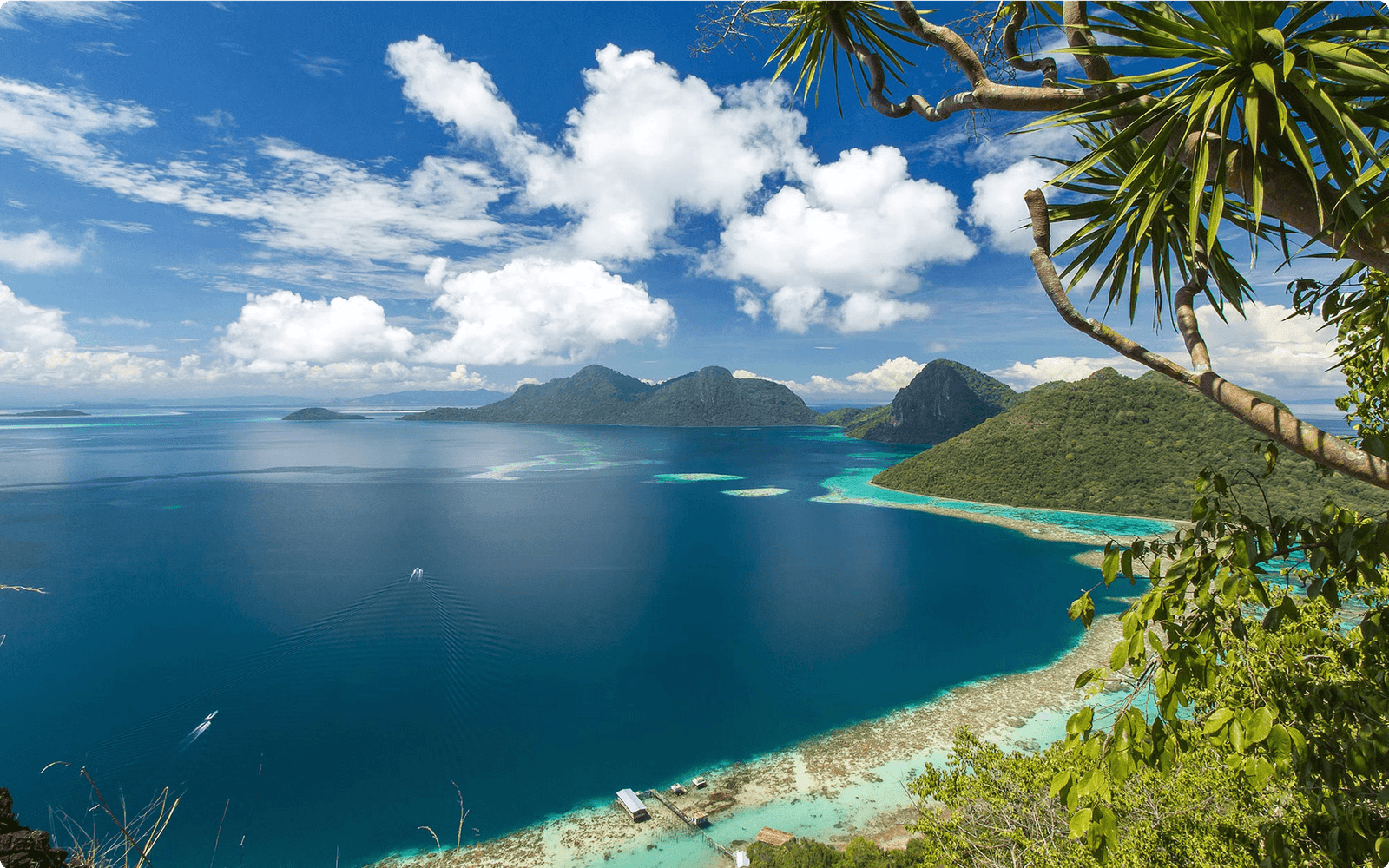
Respect Local Customs: It’s essential to be mindful of local customs and traditions. Covering up when visiting religious sites and removing shoes before entering someone’s home are common practices.
Use Reliable Transportation: When moving around, it’s best to use reputable transportation services and avoid unregistered taxis or unauthorized transport providers to ensure safety and reliability.
Protect Against Mosquitoes: In certain regions, mosquitoes can be prevalent, so using mosquito repellent and wearing suitable clothing can help prevent mosquito-borne illnesses.
Be Cautious with Street Food: While street food in Malaysia is delicious, be cautious about where you choose to eat. Look for busy stalls with high turnover to reduce the risk of foodborne illnesses.